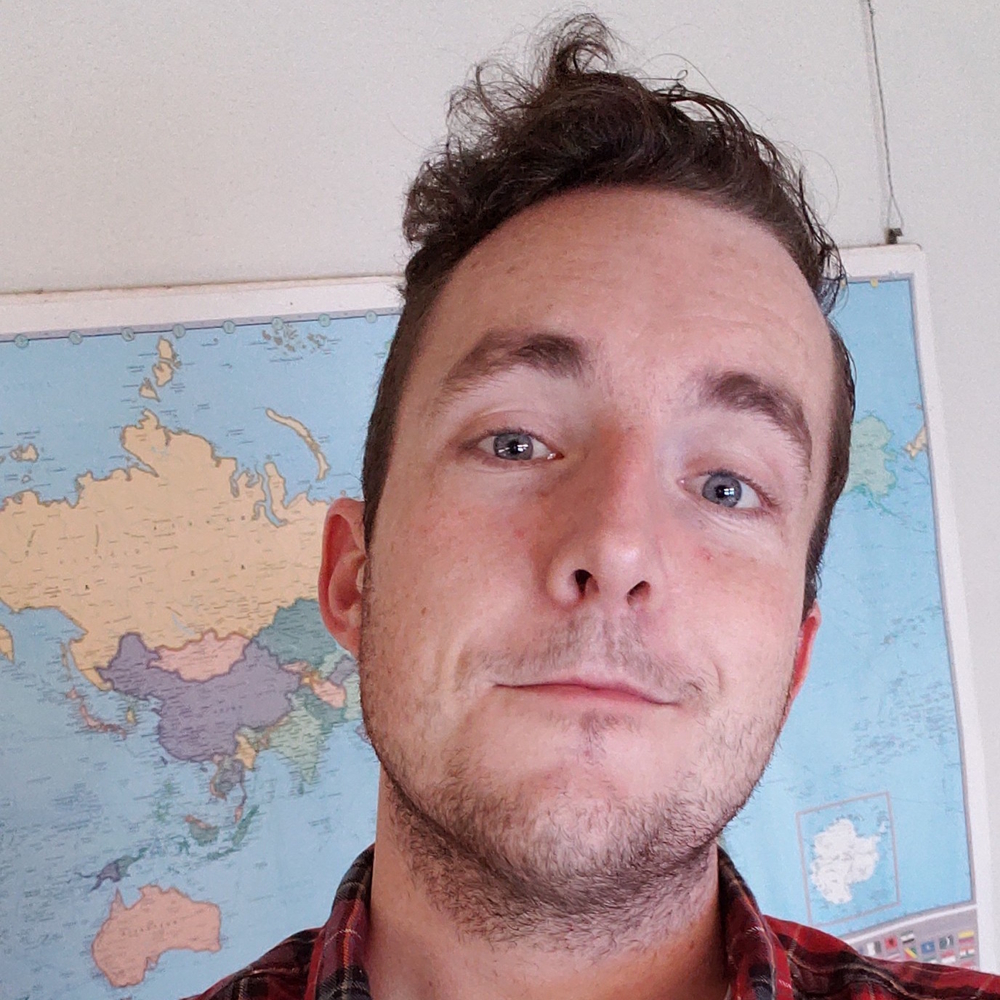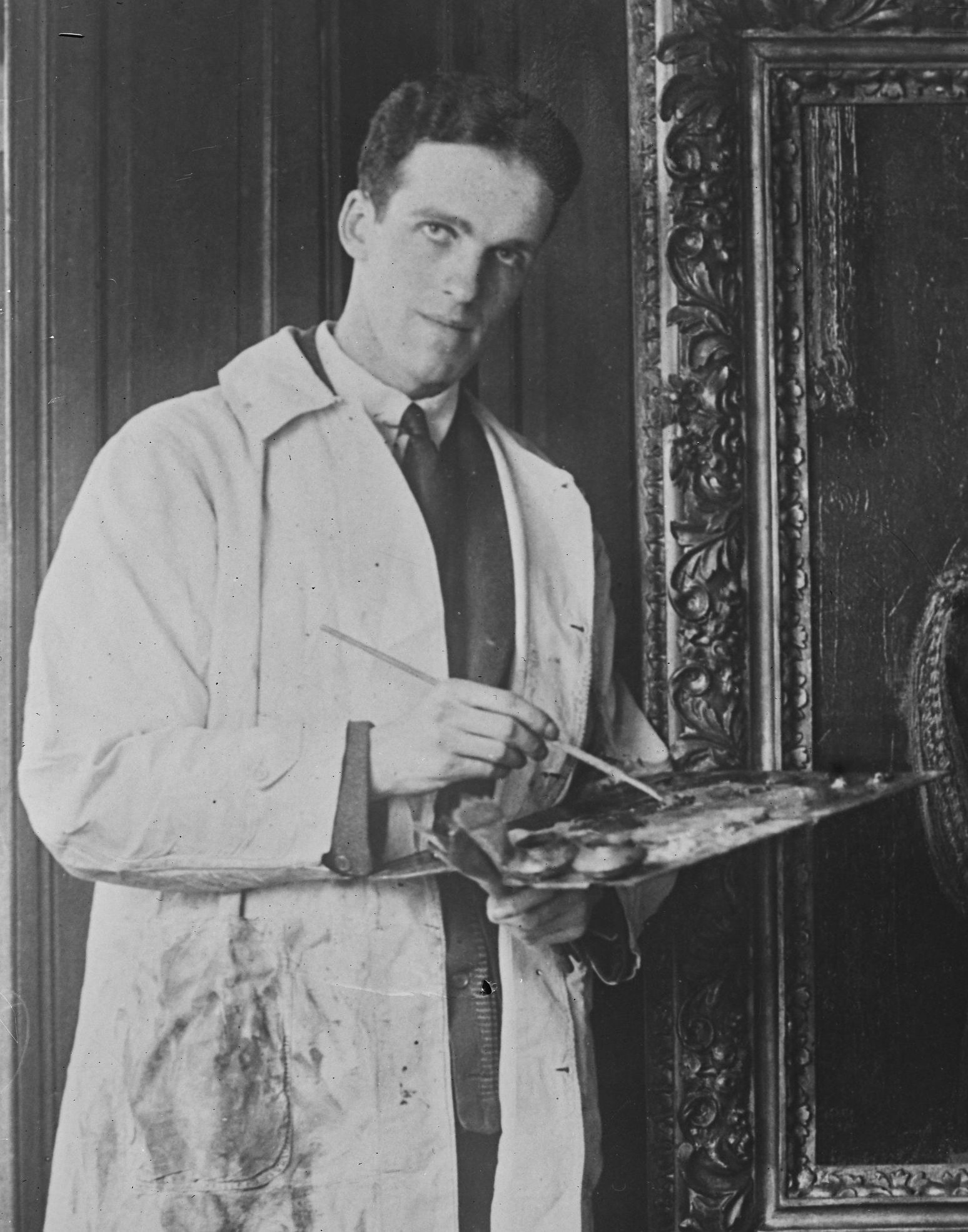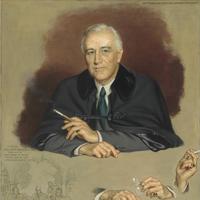More about Douglas Chandor
Works by Douglas Chandor

Contributor
Douglas Granville Chandor, whose middle name at least one biographer spells "Granvil," enlisted in the cavalry of the British Army, in the 1st Regiment of Life Guards, at the age of seventeen, at the onset of World War I.
Today, most of us have no idea what World War I was all about, and how this Franz Ferdinand guy was connected to all of it, but the war was Chandor's life, and since it was a time of much more face-to-face combat than today's highly technological warfare, it made an enormous impact on him and all the young people who had to learn to survive in the chaos of the trenches. The whole time, art was standing on the sidelines, beckoning Chandor to come on over. At the end of the war, suffering from typhoid and a knee injury, Chandor had to leave the army. He wouldn't have planned it that way, but the injury and illness gave him the opportunity to follow his life's purpose.
Chandor attended the Slade School, a member of the huge University of London system. The Slade has, over the years, counted Lucian Freud as a teacher and Ibrahim el-Salahi and Dora Carrington as students. Pretty soon, Chandor was holding solo shows and receiving an invitation to paint Edward VIII, the Prince of Wales. Edward was single, ready to mingle, proud to be British, and as much of a trendsetter then as Kate Middleton is now. According to Men's Wear magazine in the United States, "The average young man in America is more interested in the clothes of the Prince of Wales than in any other individual on earth," and Chandor's portrait was an important means of transmitting the intimate details of the most interesting clothes on Earth. Chandor had just wed Pamela Trelawny, and they had a small child by the time he received a commission to paint a group of British politicians at 10 Downing Street. Sadly, Chandor couldn't turn enormous fame and critical success into money, and he was unable to support his wife and child, so the family moved to the U.S., where he painted Presidents Hoover and Franklin D. Roosevelt, Eleanor Roosevelt, and hundreds of other big names. He was the only portraitist for whom Eleanor Roosevelt formally posed. He went home, no hard feelings, after WWII, and painted Churchill, bashfully telling him in a newsreel that the former Prime Minister's glowing praise for his portrait made him forget how to spell his own name.
After a divorce, he decided to blend in and married Ina Kuteman Hill, moving with her to Weatherford, Texas, where they built a beautiful estate, featuring 150 trees that they planted, and called it White Shadows Gardens. The city eventually purchased it, and it is open to the public.
Sources
- British Pathé. "Churchill's Portrait." YouTube video, 3:15, Apr. 13, 2014, https://m.youtube.com/watch?feature=emb_title&v=z4XlxbpY0_w&time_contin….
- Flusser, Alan J. Dressing the Man: Mastering the Art of Permanent Fashion. 2002: New York: HarperCollins.
- Hatt, Christine. World War I, 1914-18. New York: Franklin Watts, 2001.
- "History of the Gardens and Studio/Home." City of Weatherford, https://ci.weatherford.tx.us/458/Chandor-History.
- Lane, William Coolidge, and Nina Eliza Browne. A.L.A. Portrait Index: Index to Portraits Contained in Printed Books and Periodicals. Washington, D.C.: U.S. Government Printing Office, 1906.
- Minor, David. "Chandor, Douglas Granvil." TSHA, Jun. 12, 2010, https://tshaonline.org/handbook/online/articles/fch17.
- Woolner, David B. The Last 100 Days: FDR at War and at Peace. New York: Basic Books, 2017.

Contributor
Becoming a great artist was Douglas Chandor's fall back career.
Chandor was born at the end of the 19th century and so came of age at just the right time to participate in the first World War. However, before he could get lost in a trench maze and die of mustard gas, he was struck with typhoid and then screwed up his knee, resulting in his discharge and allowing him to pursue art.
He was admitted to the Slade School in London, and assumedly due to a lack of competition, he found notable success, holding a one-man exhibition no more than two years later. His career really took off in 1919 when he was commissioned to paint Sir Edward Marshall-Hall, K.C. (a famous British defense lawyer). The painting was displayed in the British Royal Academy and apparently was so good that Douglas was then asked to paint nearly every single person of historical importance for the next thirty years.
That is really not an exaggeration either, his commissions include President Gerardo Machado y Morales of Cuba, Prime Minister Winston Churchill, Queen Elizabeth II, Samuel T. Rayburn, and both President Franklin Roosevelt as well as Eleanor Roosevelt. He was even asked to paint Stalin but was never able to make it to Moscow.
The crazy thing is that because of his illustrations of famous people this guy’s name is all over historical texts, but very little is written about himself. The only place that seems to hold his name in any regard is Texas for some weird reason. In fact, his lack of fame extends to the point that once he and his wife died all of his artistic projects save for those of presidents and prime ministers were abandoned. The saddest of these being Chandor Gardens in Texas, the three-acre gardening project fell into neglect for 16 years. Today the gardens and his art are treasured items, however, it makes one wonder what he might have done to have achieved so much, but to be cared about so little.
Sources
- Minor, David “CHANDOR, DOUGLAS GRANVIL” TSHA 06/12/10 https://tshaonline.org/handbook/online/articles/fch17
- Web Contributor “Douglas the Artist” Weatherford, viewed on 03/04/2020 https://ci.weatherford.tx.us/458/Chandor-History
- Web Contributor “History - Chandor Gardens” viewed on 03/04/2020 https://www.chandorgardensfoundation.org/learn-more/history.html
Featured Content
Here is what Wikipedia says about Douglas Chandor
Douglas Granville Chandor (20 August 1897 – 13 January 1953) was a British-born American painter of portraits, of which he created more than 200.
His early paintings included two of the Prince of Wales (the future Edward VIII). In 1923, he was commissioned to paint the British Empire Prime Ministers During the Imperial Conference at 10 Downing Street. He later painted Winston Churchill and Franklin and Eleanor Roosevelt, and did a sketch of the "Big Three at Yalta", although the painting never happened. His 1952 portrait of Elizabeth II is in the British Government Art Collection, and is the first painted portrait for which she sat following her accession. His other portraits include Sara Delano Roosevelt, U.S. president Herbert Hoover, and U.S. financier and statesman Bernard Baruch.
He designed Chandor Gardens in Weatherford, Texas, which are a Recorded Texas Historic Landmark.
Check out the full Wikipedia article about Douglas Chandor











